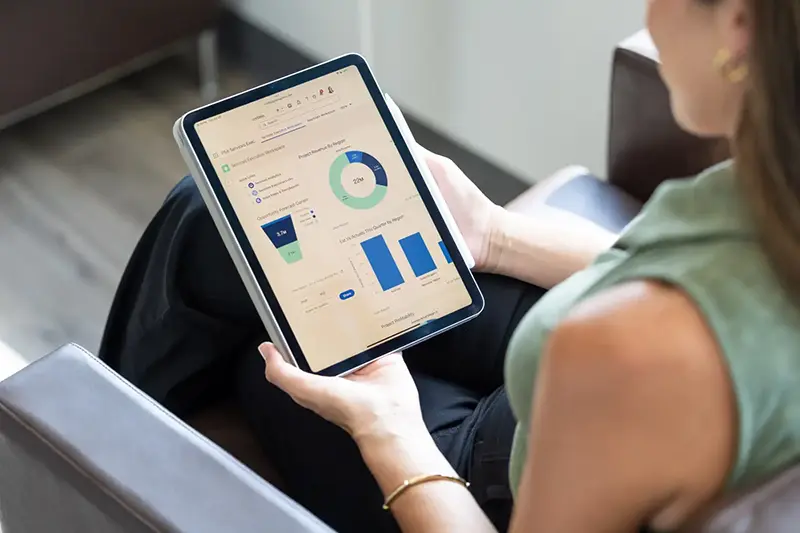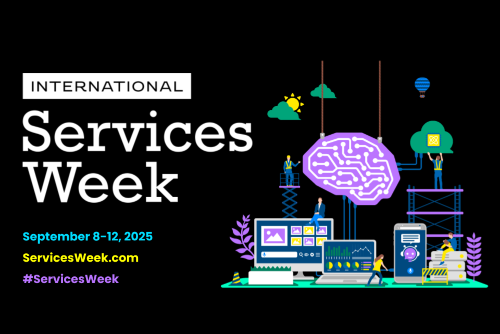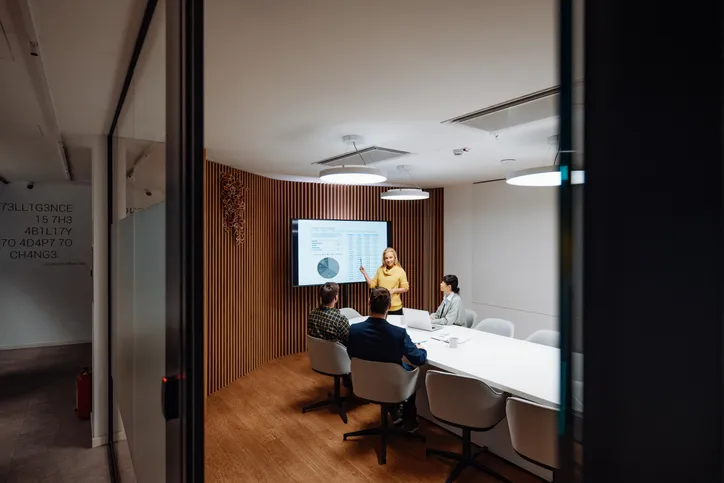Product Owners: How to maximize Certinia resources & achieve business goals

Are you a product owner within your organization? If yes, then you probably know you have a crucial role in ensuring those products support key business objectives–through implementation, business evolution, and product upgrades. The goal of this blog is to help you on that journey.
And whether you are a product owner for Certinia solutions, other solution(s), or a mix, a key to success is building a network with other major stakeholders. Let’s start with those key relationships and how they can help.
- Work with your executive sponsor: It’s important to understand your organisation’s corporate objectives to ensure the work you’re doing drives towards those same goals.
- Work with your Customer Success Manager (CSM): Whether you have a designated CSM, or work with our portfolio team, CSMs are keen to understand your plans and collaborate with you toward success. Sharing as much information as you can will aid your CSM team in providing you with the best advice possible.
- Work with your business champions and super users: They are your eyes and ears within the business. Work with them closely on what challenges they are facing. Identify the tools available that can support them in being productive and successful.
That’s just a kick-off. At Certinia, there is an array of resources available that you may or may not even know you have.
We’ve broken down an 8-step process to help you maximize the solutions you have in place.
1. Start with a stake in the ground
Ask yourself some key questions. What is the outcome you are trying to achieve with your solution(s)? How will you measure? How do any proposed changes impact the corporate objectives your organisation is trying to achieve? The answers to these key questions will help guide your path to getting the most out of your solutions.
2. Attend Feature Previews
At Certinia, the development team opens up the development cycle to our customers with Feature Previews. Our product managers use these monthly webinars to highlight what’s been developed in the previous few weeks, what the new features can do for you, and get your feedback to ensure the updates make an impact. We recommend product owners use these sessions to look for opportunities where the newly released features dovetail with the business challenges you’re aiming to solve.
3. Attend Success Bytes
These monthly webinars – Success Bytes – are always focused on a specific topic geared to help you with a key business challenge and think holistically about how the solution can help address it. These sessions are a great fit for your business champions or super users. Some organizations also use these as “lunch and learns” to get feedback from a wider team.
4. Use the documentation
Our Community site is key to helping you identify where you’re going to focus. For an upgrade, the Release Hub is your one-stop shop for all of the resources available to depict what’s available in each release, how it can be configured, and how it can be used by your organisation.
5. Plan your upgrade
Have an upgrade strategy. Are you going to take each release, or pick one window per year in which to get up to date? Work with your team to plan the features you’re going to roll out, identify people to test the latest release, and have robust test scripts that can be reused and modified for each release.
6. Use your admins
Your admin team members are going to be your best friends! They’ll help you realise your vision by using the Feature Console to switch new features on or configure changes to enable your users to start using these new tools.
7. Roll out to production
Change management is going to be key here. Regardless of whether a change is small or massive, your users are going to be keen to understand the “why”. Harking back to the corporate goals and business challenges you’re looking to solve is crucial. Live demos, hands-on training in your Sandbox, and one-pagers for users to reference are all great ways to get the message out and help users become self-sufficient as quickly as possible.
8. Measure the results
Have we achieved our goal? Is the outcome rolling up to impact our corporate objectives? Can we deliver feedback to our stakeholders that the changes we’ve made have had a positive effect on the organisation? Hopefully…but maybe not…in which case, it’s time to reset, plan, and work on the next challenge!
* Please note you must be signed in to the Certinia community to access the links above which you can access here.
Final thought: Certinia is here to support you through any business change you’re making. Reach out to your Customer Success team to start building those connections, having those conversations, and planning your success.
Recent Articles
Maximize your Salesforce investment with Certinia






